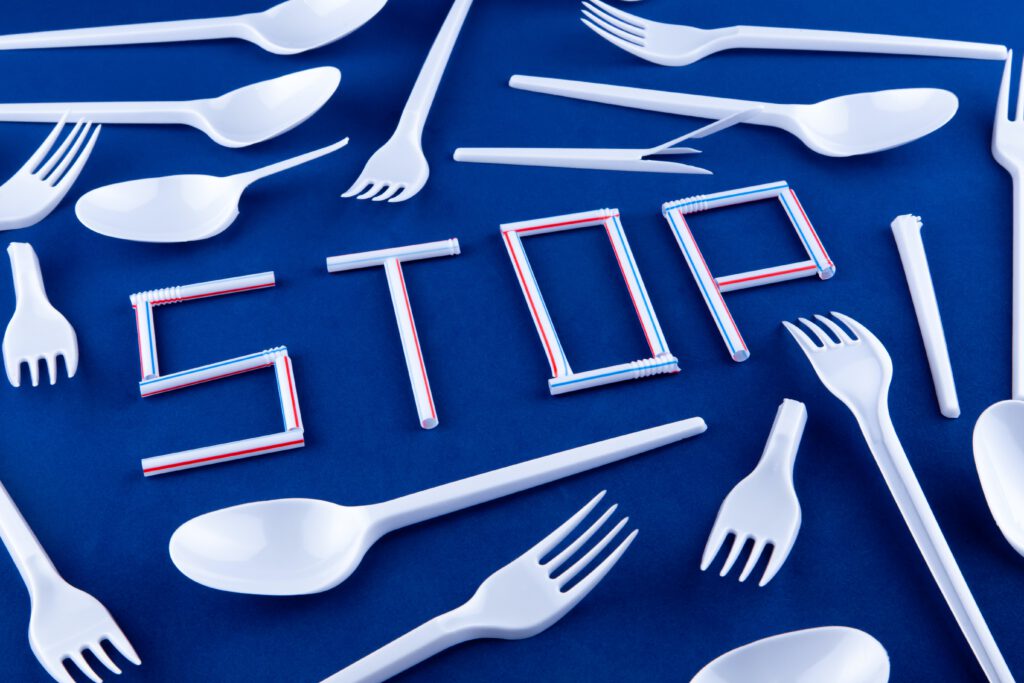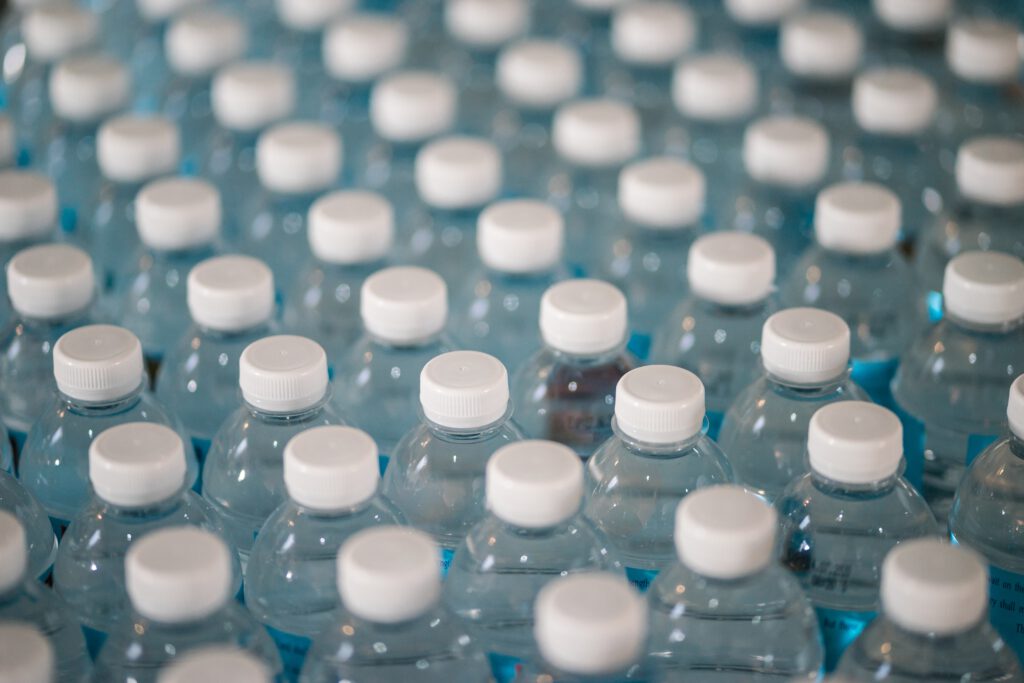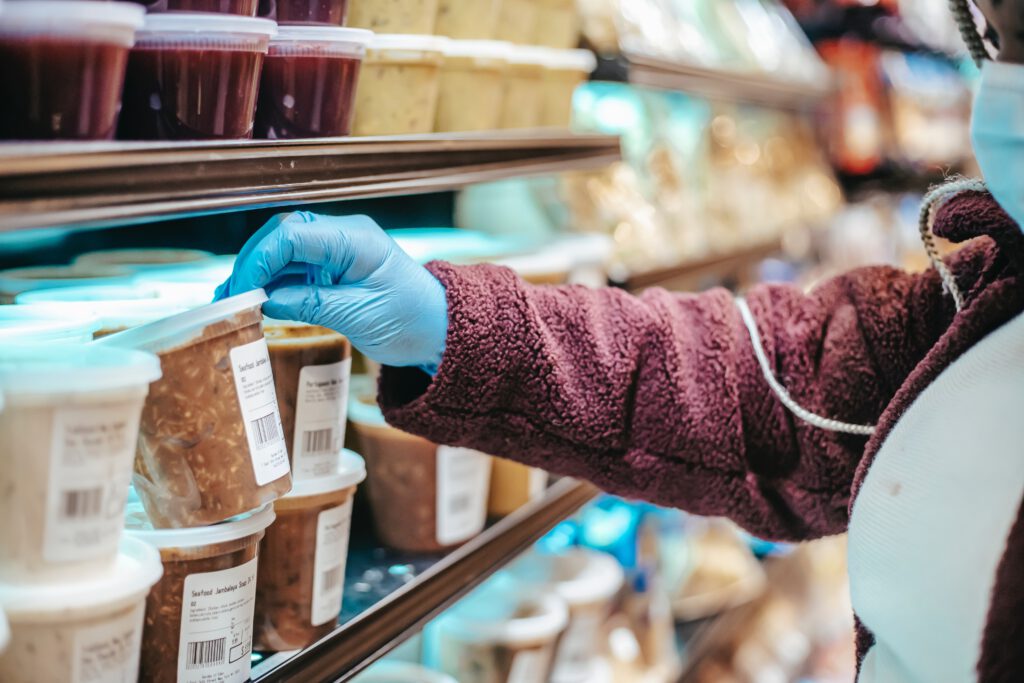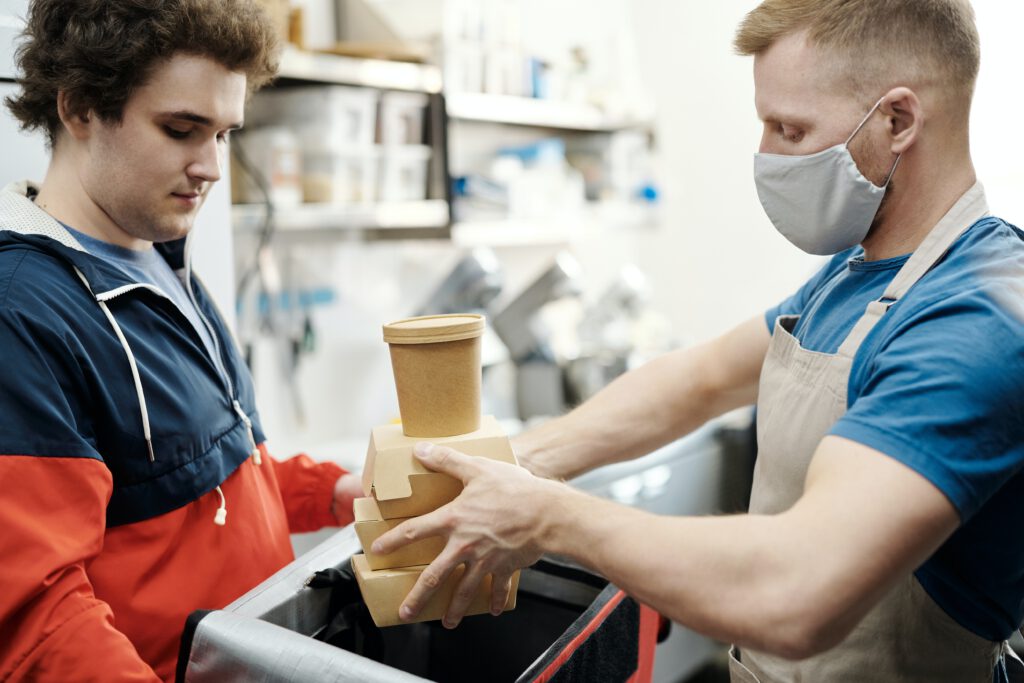Source: The SustainAbility Institute by ERM
Author: Nicola Ledsham, Senior Consultant.
Plastic is ubiquitous. Due to its low cost, versatility, durability and high strength-weight ratio, plastic is most commonly used in packaging – currently 26% of the total volume of all plastics used.
Plastic protects vulnerable products and preserves our food, but packaging is largely single-use, and after its intended useful life of typically less than a year, is discarded. Around 95% of the value of plastic (worth $80 to $120 billion annually) is lost into the environment, with 8 million tonnes leaking into oceans every year – the equivalent of dumping the contents of one rubbish truck every minute. Here, it can persist for decades, slowly breaking down into smaller and smaller fragments known as microplastics. The harmful impacts of plastics on natural systems – and even our health – are increasingly being understood and documented by scientists.
Around 95% of the value of plastic (worth $80 to $120 billion annually) is lost into the environment, with 8 million tonnes leaking into oceans every year.
With several high-profile anti-plastic campaigns from the likes of Greenpeace and increased media attention following the BBC’s high-profile Blue Planet II series in the UK, the last couple of years have seen a global surge in societal awareness. Powerful images, among them an evocative video of a sea turtle having a plastic straw removed from its nostril – which has clocked up 33 million views on You Tube – have hit public consciousness. The projection that oceans could contain more plastics than fish in 2050 (if no action is taken) is almost common knowledge and you can’t open a newspaper or listen to the radio without coming across a new article or soundbite on the far-reaching impacts of plastics.
With concern around plastics having reached a tipping point, consumers are increasingly exercising their purchasing power by refusing single-use plastics – most notably straws and coffee cups, calling on retailers and manufacturers to reduce excessive plastic packaging. Some would argue policy makers have been far too slow to act, only picking up the baton from civil society in the wake of a crisis. But to date, over 60 countries have introduced bans and levies to curb single-use plastic waste. France made an ambitious commitment to recycle 100% of all plastics by 2025; Kenya imposed a USD 40,000 fine for producing, selling or using plastic bags; and the EU has proposed a ban on single-use plastics including straws and plastic-stemmed cotton buds. Investors, too, are becoming increasingly active in this space. Convened by As You Sow, a non-profit leader in shareholder advocacy, a group of 25 investors managing more than $1 trillion in assets have joined efforts to demand that corporates including the likes of Nestlé, PepsiCo, Procter & Gamble and Unilever reduce their use of plastic packaging.
Doing the right thing for people and planet will be more like designing the peace than declaring a war on plastics.
To address growing concerns from NGOs, consumers and governments, ambitious commitments from consumer goods companies to reduce, if not eliminate, plastic in their product packaging have come thick and fast. Iceland Foods, in January, made a bold commitment to remove plastic packaging from all its own-brand products by 2023, followed closely by ambitions from companies including Waitrose, McDonalds, Diageo and Coca Cola. Though absolutely necessary, these large-scale commitments are insufficient. No one consumer goods company will be able to tackle the plastic problem alone. Instead, it will require a combination of collaboration, innovation and incentives from all actors involved in the notoriously complex and intricate plastic value chain. As Peter Maddox, Director at WRAP observes, “doing the right thing for people and planet will be more like designing the peace than declaring a war on plastics”.
With the plastics agenda here to stay, over the coming weeks we will explore the following five focus areas and how each of these can support scaled-up business action and engagement across the entire plastics value chain.






